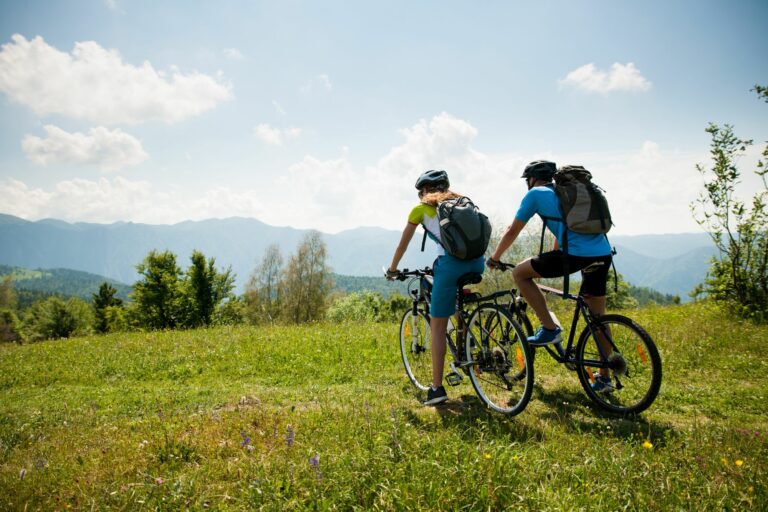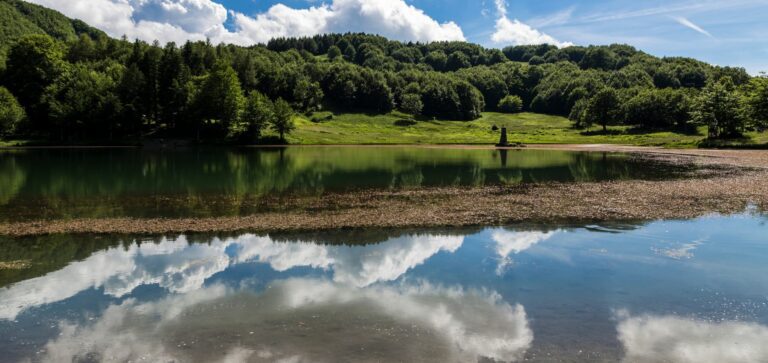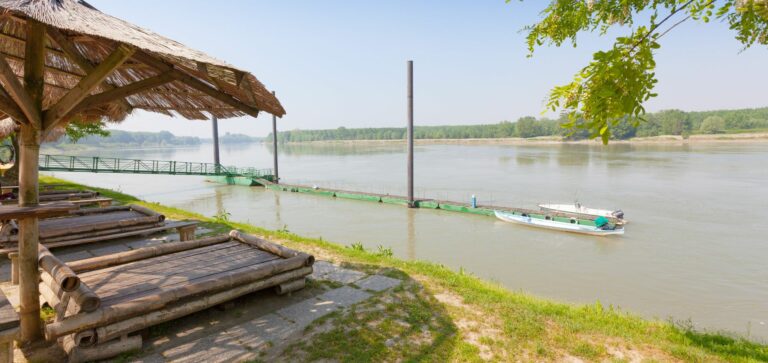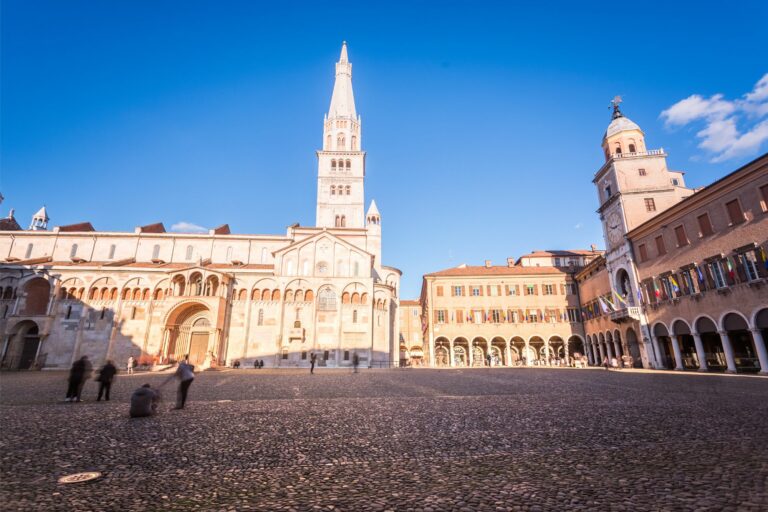What to see in the Reggio Emilia Apennines? Here is a beautiful itinerary that will guide you to the discovery of three medieval parish churches that dot this fascinating territory. These are authentic gems that tell millenary stories of devotion and art. The route, starting from our agritourism, is just over 60 kilometres long and can be travelled either by car or motorbike. Before setting out, we advise you to check the days and opening times of the parish churches.
The first stop on the itinerary is the Parish church of San Bartolomeo in Paullo (a hamlet of the municipality of Casina), which is about 25 kilometres from our agriturismo. Situated in a dominant position over the plain and the narrow valley of the Crostolo stream, it is one of the oldest parish churches in the Reggio Apennines and a precious example of Romanesque architecture. It preserves ample traces of the ancient structure, which can be placed between the end of the 11th century and the first two decades of the following century, the result of the rebuilding of an earlier church, mentioned as early as 980. Over the course of time, it has undergone various restoration works, the most recent due to a massive static consolidation carried out after the 2008 earthquake. Facing west, according to liturgical orientation, it has a gabled façade with an architraved portal. Turning to the interior, it preserves the three naves divided by six round columns of cut stone with carved capitals, Romanesque in character.
About 30 minutes away from the Parish church of San Bartolomeo, specifically in Carpineti, is the Parish church of San Vitale, the second stop on the itinerary. The year of the church’s foundation is unknown, but according to some authors it can be traced back to the Byzantine period. The building was abandoned around the mid-18th century, and today only the narthex or forepart, reduced to a chapel in the 1930s, and a short section of the perimeter wall, facing south, remains of the ancient parish church. Since 2015, it has been home to the Stone Museum, which houses artefacts from the archaeological area of San Vitale, including capitals decorated with sinuous weaves, casts of elegant friezes, ancient vases and the altar mensa of the parish church, which was consecrated in 1145. The old rectory has been restored and converted into a hostel with an adjoining restaurant (an excellent place to stop for lunch with traditional Reggio and mountain dishes).
The third and final stop on the itinerary is the Parish Church of Santa Maria in Castello in Toano. Located a 30-minute drive from Carpineti, it is one of the best preserved and most significant parish churches in the territory. According to scholar Alcide Spaggiari, it is ‘the perfect, complete and intact monument of Canusian art in the Apennines’. It is not possible to establish exactly when the church was built, but it appears to be one of the oldest in the Reggio Emilia diocese. The first official document in which it is mentioned is a diploma dated 14 October 980, issued by Emperor Otto II. It is striking for the simplicity of its architectural lines, which give the building a particular solemnity, with a typically Romanesque-Lombard beauty. It retains its three-nave structure with arches and columns surmounted by capitals of considerable historic-artistic value, decorated with interlacing typical of the ars canusina.
Photo © PhotoVim – Wikipedia
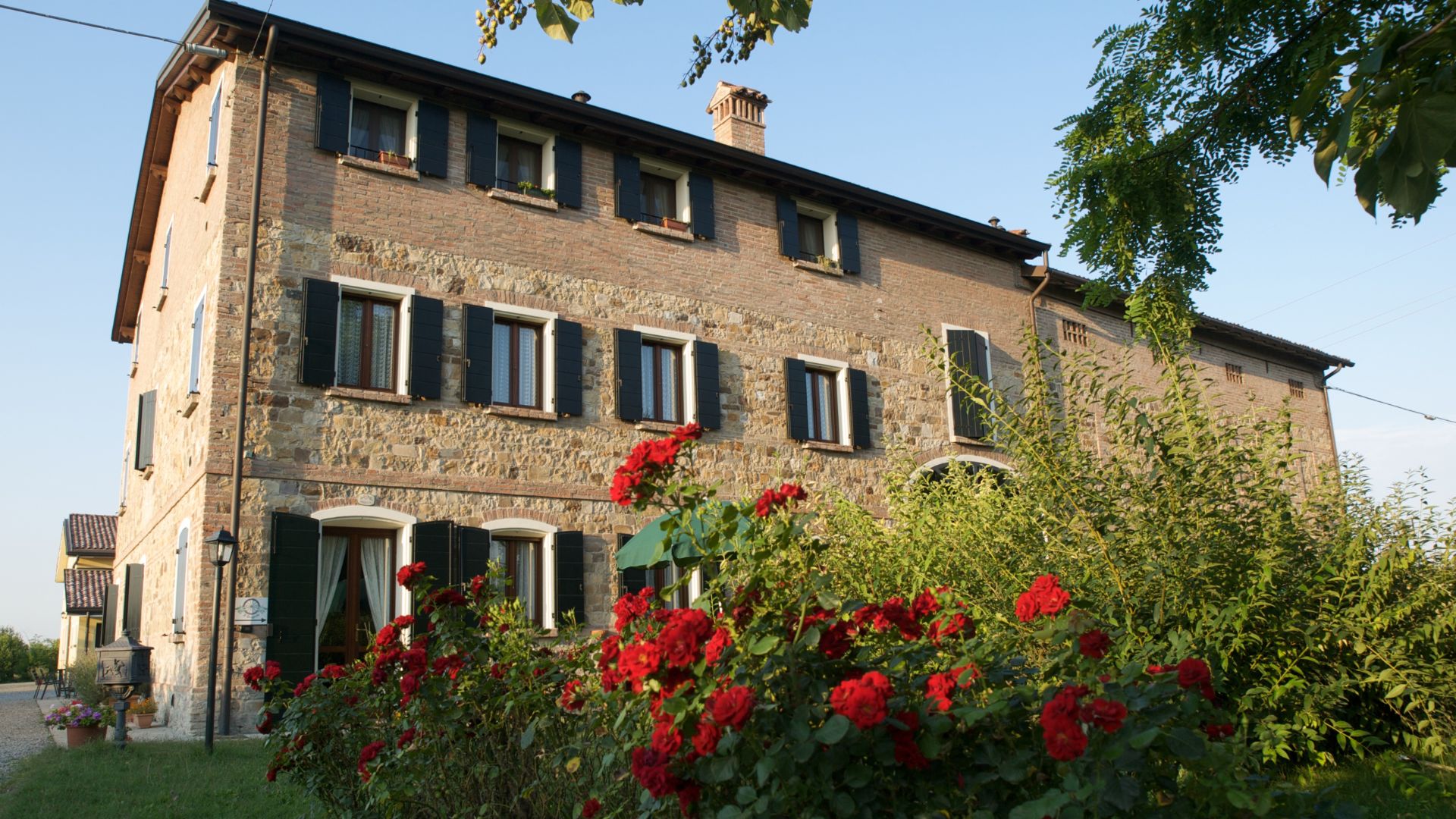
AGRITURISMO IL BRUGNOLO
Welcome to il Brugnolo
If you’re looking for completely independent apartments surrounded by greenery you really are in the right place here!
In fact, Brugnolo is immersed in the green nature of the Emilian countryside. For your relaxation, for that of your children, and again for the runs of your 4-legged friends, you will have 6000 square meters of park at your disposal!


